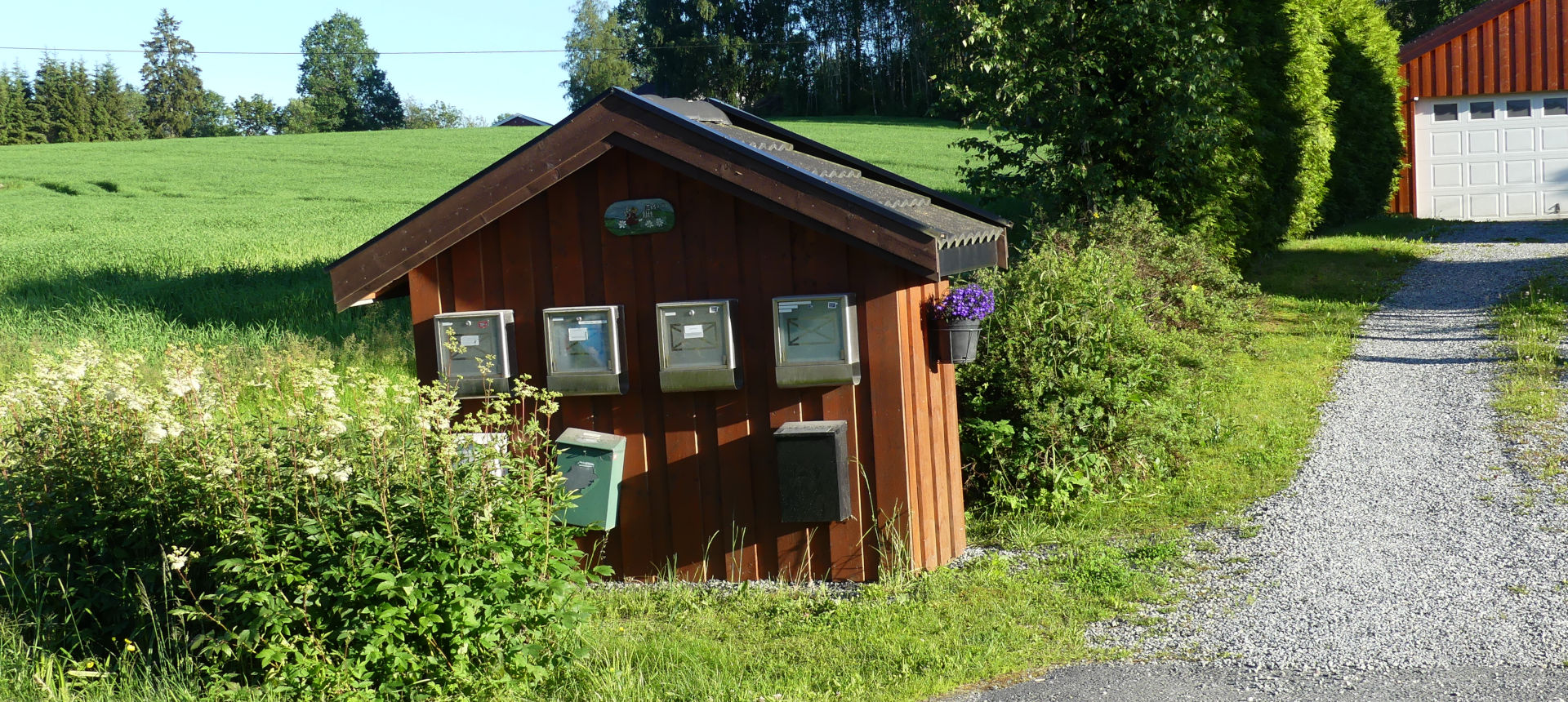The reunion
Phew, after a 3,000 kilometer journey and crossing 5 countries in 6 days, we finally arrived in Hobøl, at Irène's house, on the farm where Jean-Paul used to work as a seasonal farm worker.
We could have simply taken a round trip to Oslo by plane from Barcelona. The journey time is only 3h10 at a reasonable cost, but that was without counting on Roulotte, the pleasures of unexpected campsites, the adventures of the road. And that is priceless for the crazy people that we are!
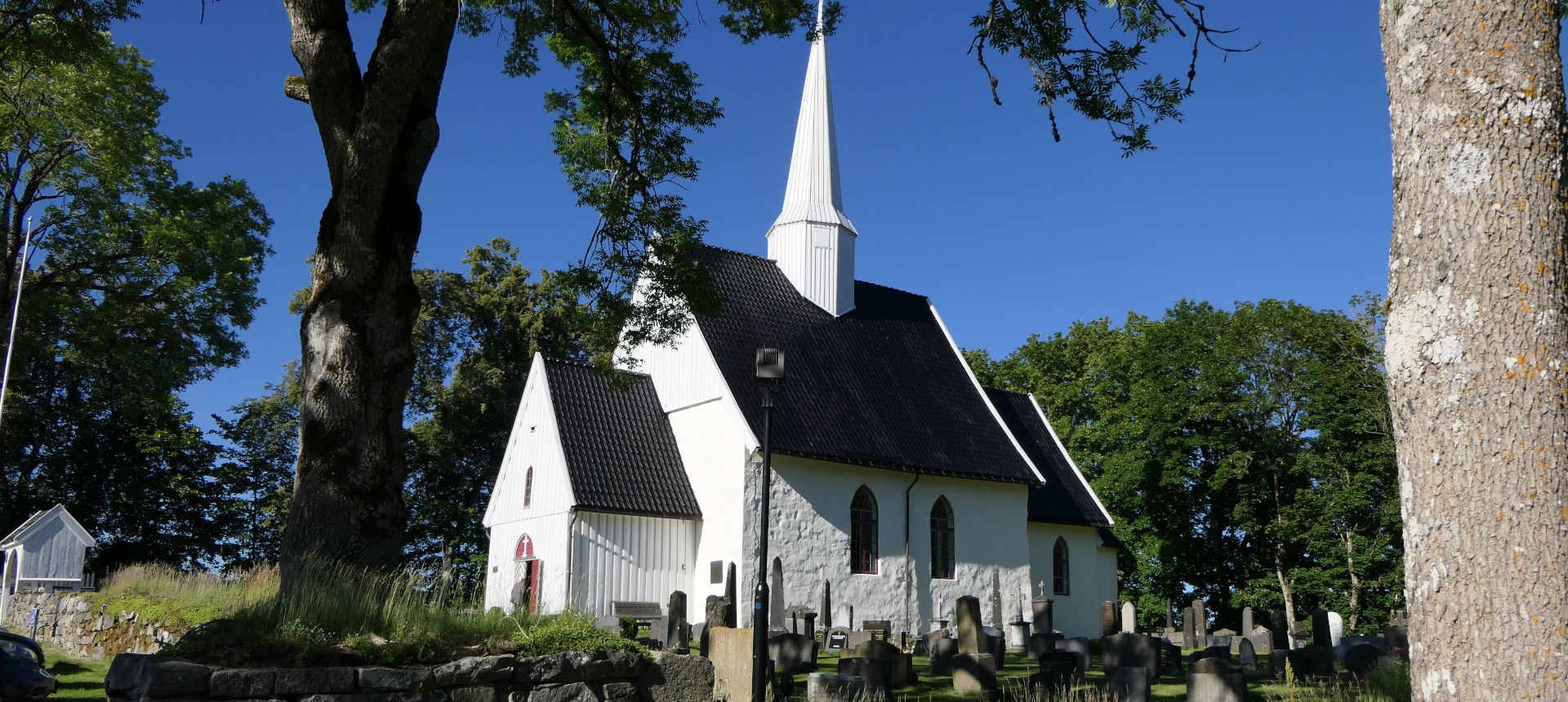
So when he arrives in Hobøl, Jean-Paul finds his friend again, as if they had parted the day before. Only a few wrinkles on Irène's faces and silver hair remind us that time has passed for 40 years.
Wood, an art of living
Our host sets us up on the garage side near an electrical outlet, sheltered from the wind and sun. We are finally settled, delighted to be close to the forest while enjoying the garden.
From her door, Irene invites us for a snack. A great opportunity for me to see the interior of a Norwegian house, all in fir. The use of wood is a tradition here that goes well beyond architecture. Norwegians like to say that trees have protected them for thousands of years, from the Vikings to the modern traveler. Today, forests cover 37% of the territory.
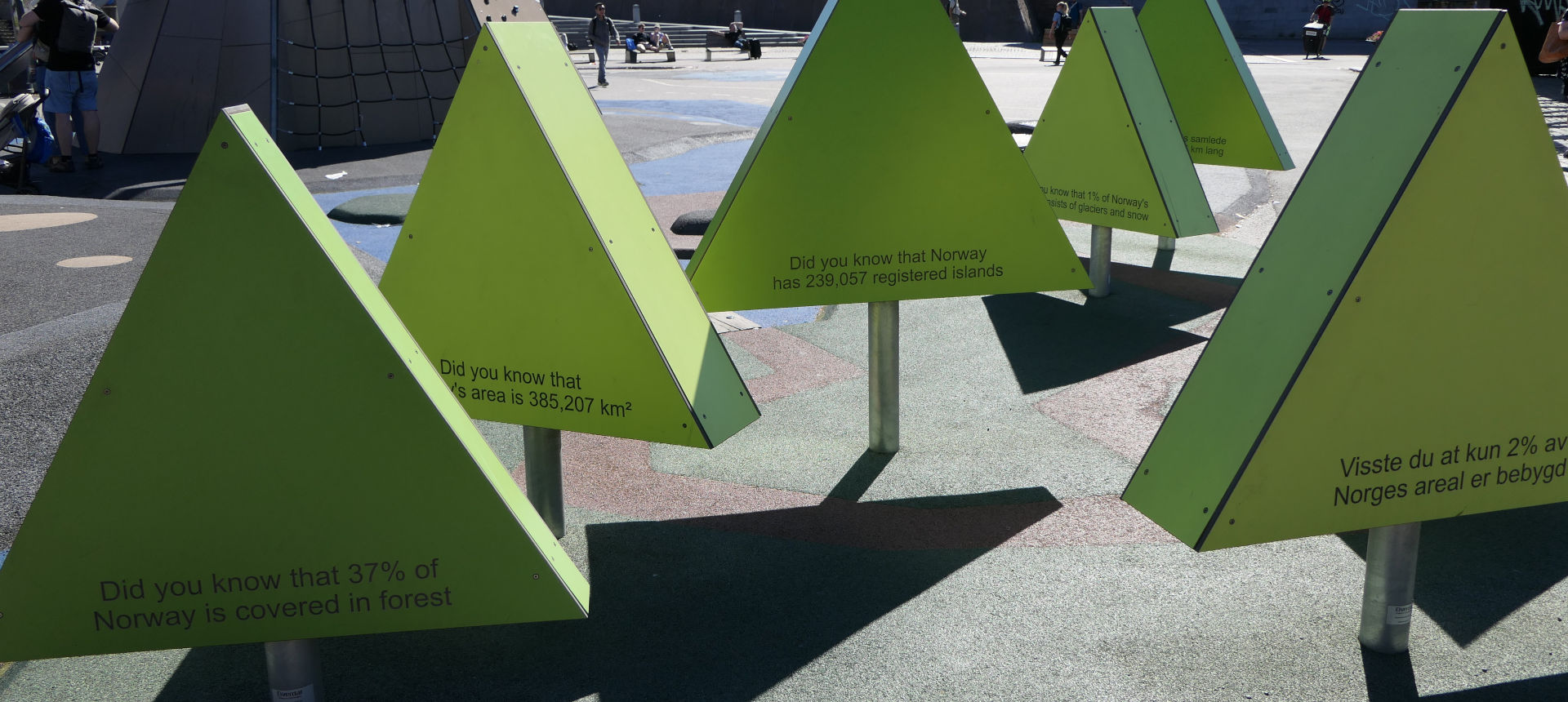
Warm interiors
At Irène's, everything is carefully arranged, with harmonious furniture in light colours and good quality. Different reading corners used according to the seasons accommodate rocking chairs, club chairs or a simple bench in the garden. On the parquet floor, pastel-coloured rugs and family photos hung on the white walls or placed on chests of drawers contribute to the intimate atmosphere of this large living room. Small windows look out onto the outside. They are all dressed in light curtains and lampshades with subdued lighting even in broad daylight. The wood stove strategically installed at the entrance to the house complements the electric underfloor heating that is essential in winter. It can be -20 degrees in Hobøl in the first months of the year, which is nothing compared to Røros, one of the coldest cities in Norway that we plan to discover a little later.
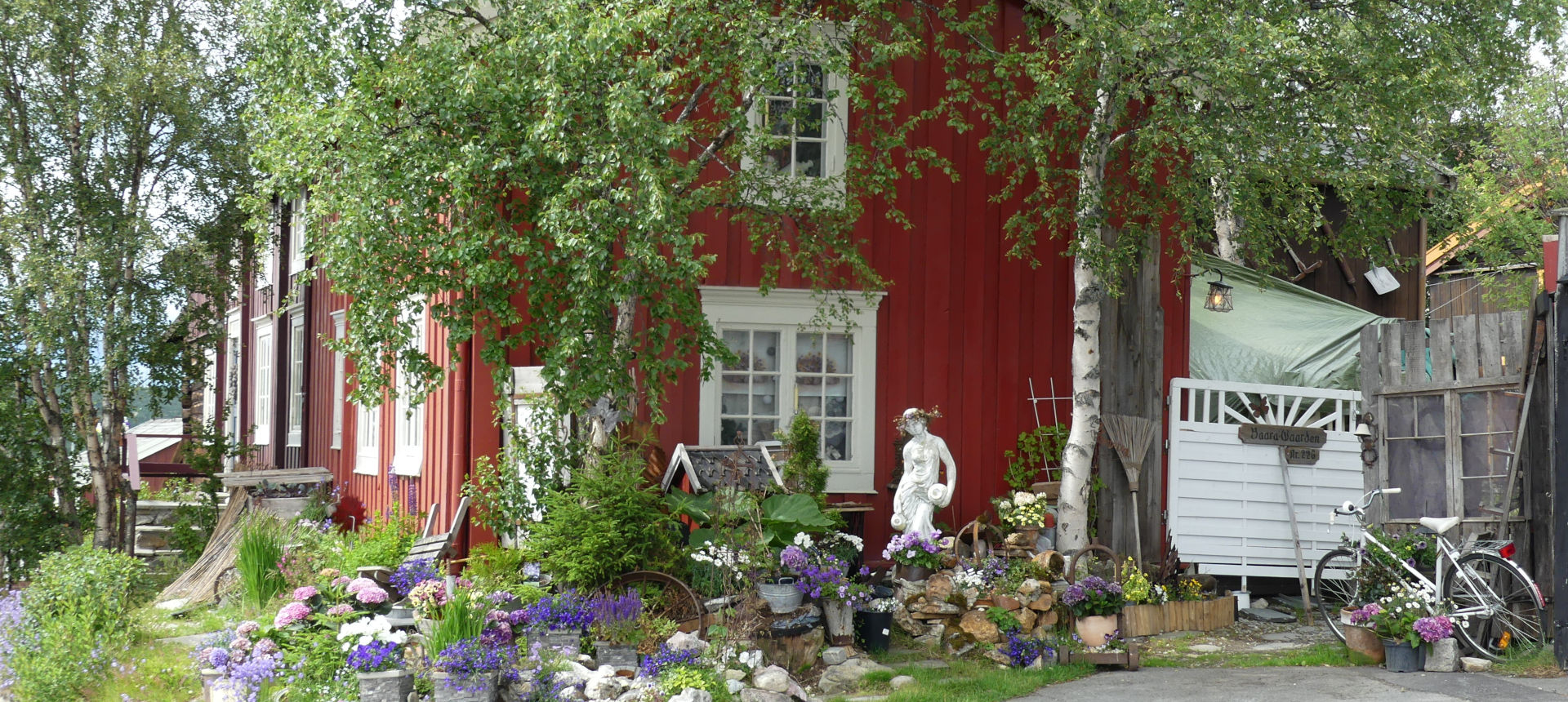
The flag, a symbol
For now, we are peacefully installed on the terrace and enjoying the sun still high in the sky. It is 6:00 p.m. in this month of June. Here too the national pennant flies, attached to its mast. It is red with a white Scandinavian cross in the middle. Close to the Danish banner by the way, with the only difference being the blue cross on the white cross. We will learn later that in addition to its symbolic aspect, the flag plays a social role. For example, it replaces the pennant during special events, a birth, a wedding in the family. On the other hand, for a death, it is lowered to the middle of the mast.
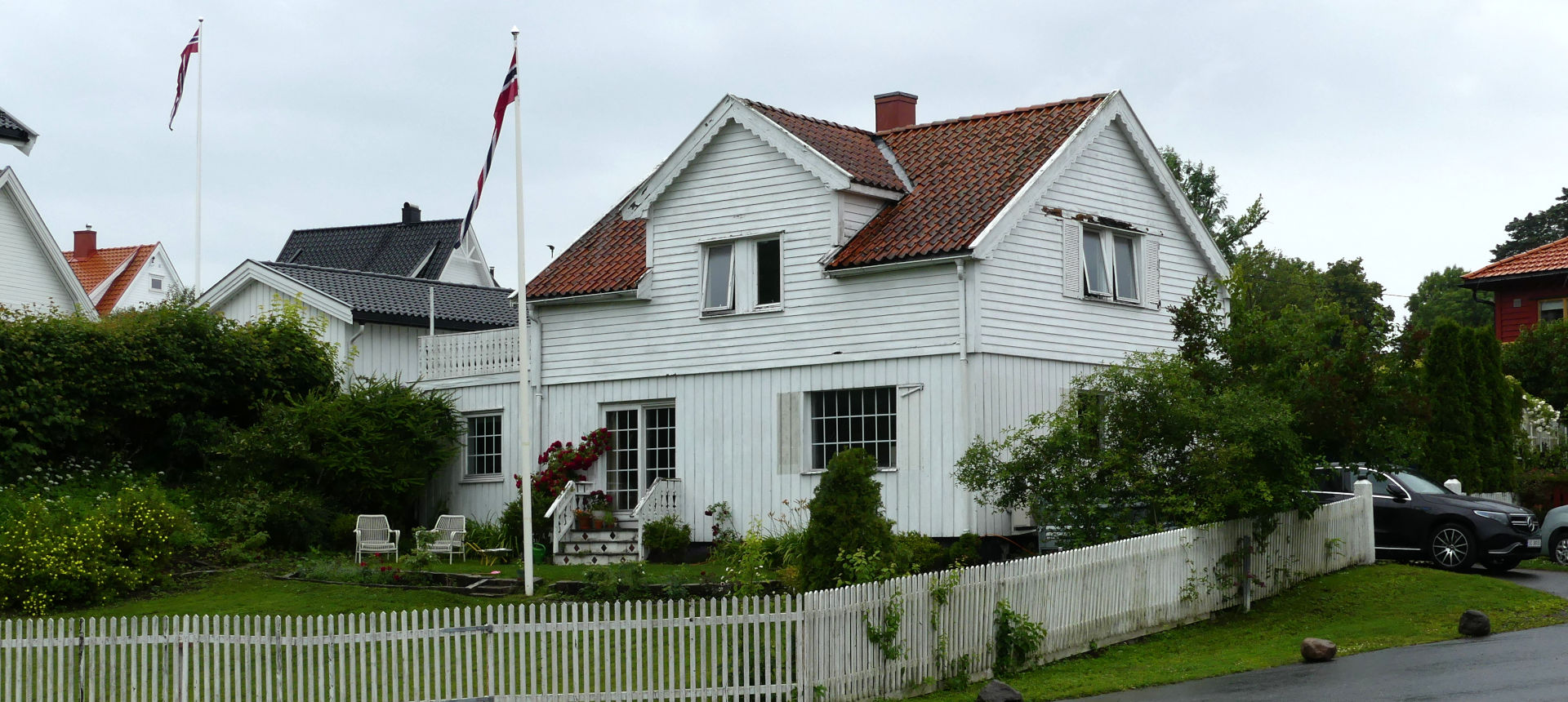
Delicious waffles
Irène joins us with a tray filled with cold drinks and homemade "wafels". These are thin waffles that are garnished with Norwegian cheese or jams, the raspberry one is my favorite! The discussions in English are going well. Irène then takes out a thick and worn notebook from a pile of books. It is the farm's guest book. And there, on one of the dog-eared and yellowed pages, she shows us an identity photo ready to come off followed by a few lines in fly-like handwriting, that of Jean-Paul at 19. "Summer 1980, I am happy here, it's great, but there are no girls. I don't know if I'll come back." We burst out laughing at the carefree attitude of youth, because Jean-Paul, four years later, became the father of his first son!
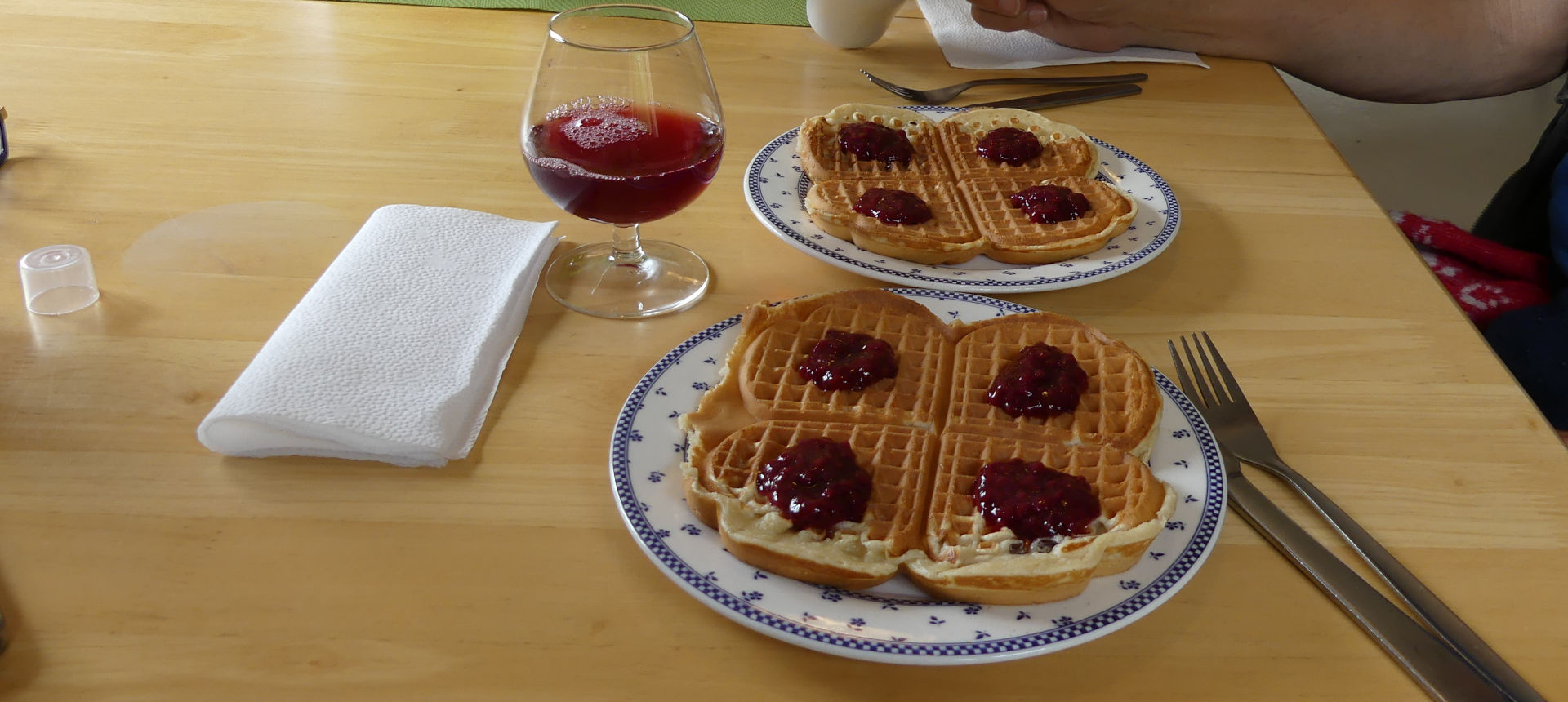
A technique to resist winter
While helping Irène put away the plates, I ask her in English what the point is for her to leave the lights on all day. This question has been bothering me for several hours, especially since the price of energy is soaring in France. She explains to me that it is an old tradition that goes back well before the arrival of electricity. She continues with a smile: "In the past, it was necessary to keep the homes lit so that the fishermen could find their way at night, when they returned. In fact, as a child, she explains, I remember that my mother used oil lamps. Today, it is a way for us to keep our spirits up and we have gotten into the habit of leaving the lights on, even when we leave the house".

It then becomes clear to me that these little points of light prevent the gloom from setting in when returning home. They welcome visitors and warm hearts during the long winter months. I understood that Irene would maintain this tradition. This is how I discovered a surprising anti-depression technique, visibly shared by most Norwegians, and also by other Scandinavian peoples.
The sunset
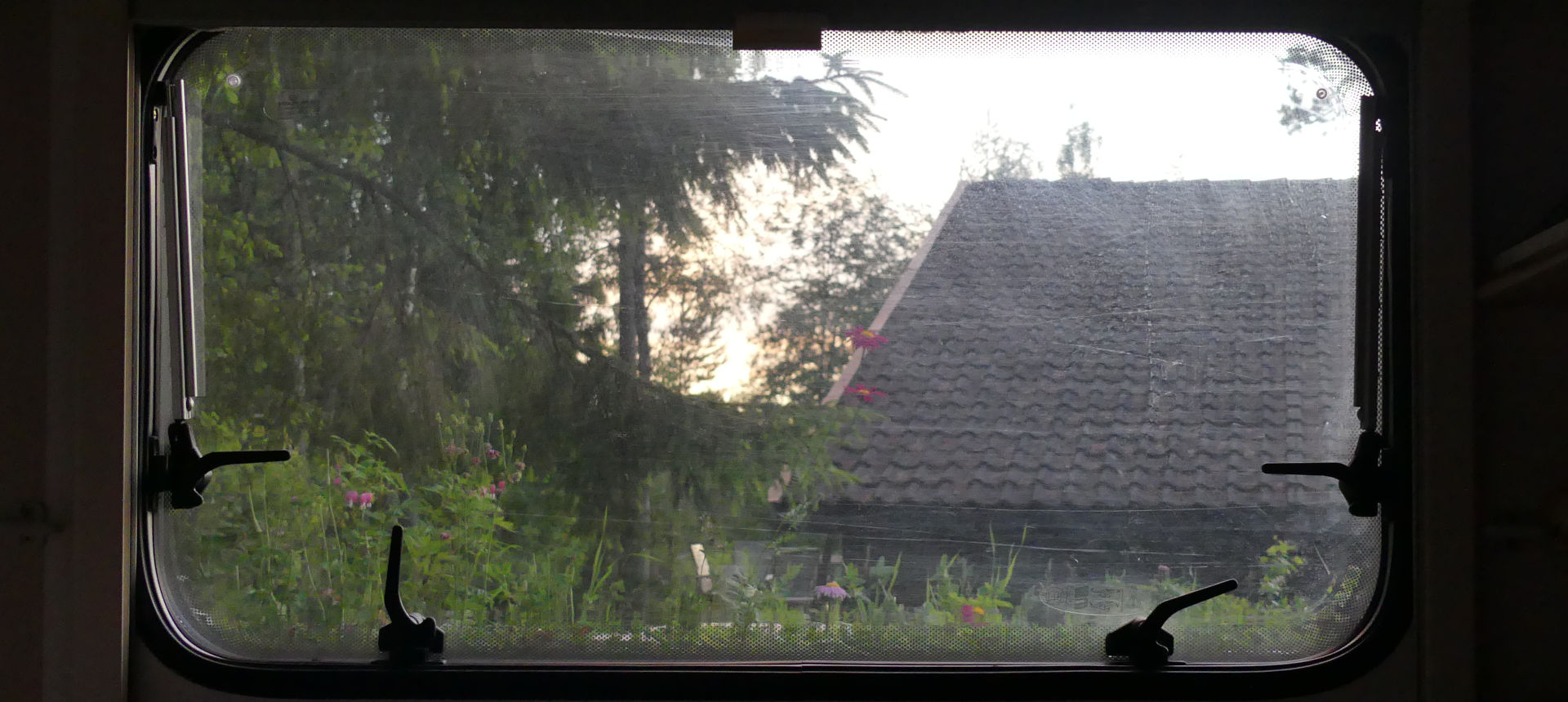
It is almost 10 pm when we say goodbye to our host, happy with these moments of sharing. It is daylight like at 4 pm in France. We still feel tired from this trip, but we are not sleepy. Our biological rhythm is surely disrupted. The rays of the sun pass through the openings of Roulotte, we lower the blinds hoping to be able to sleep.
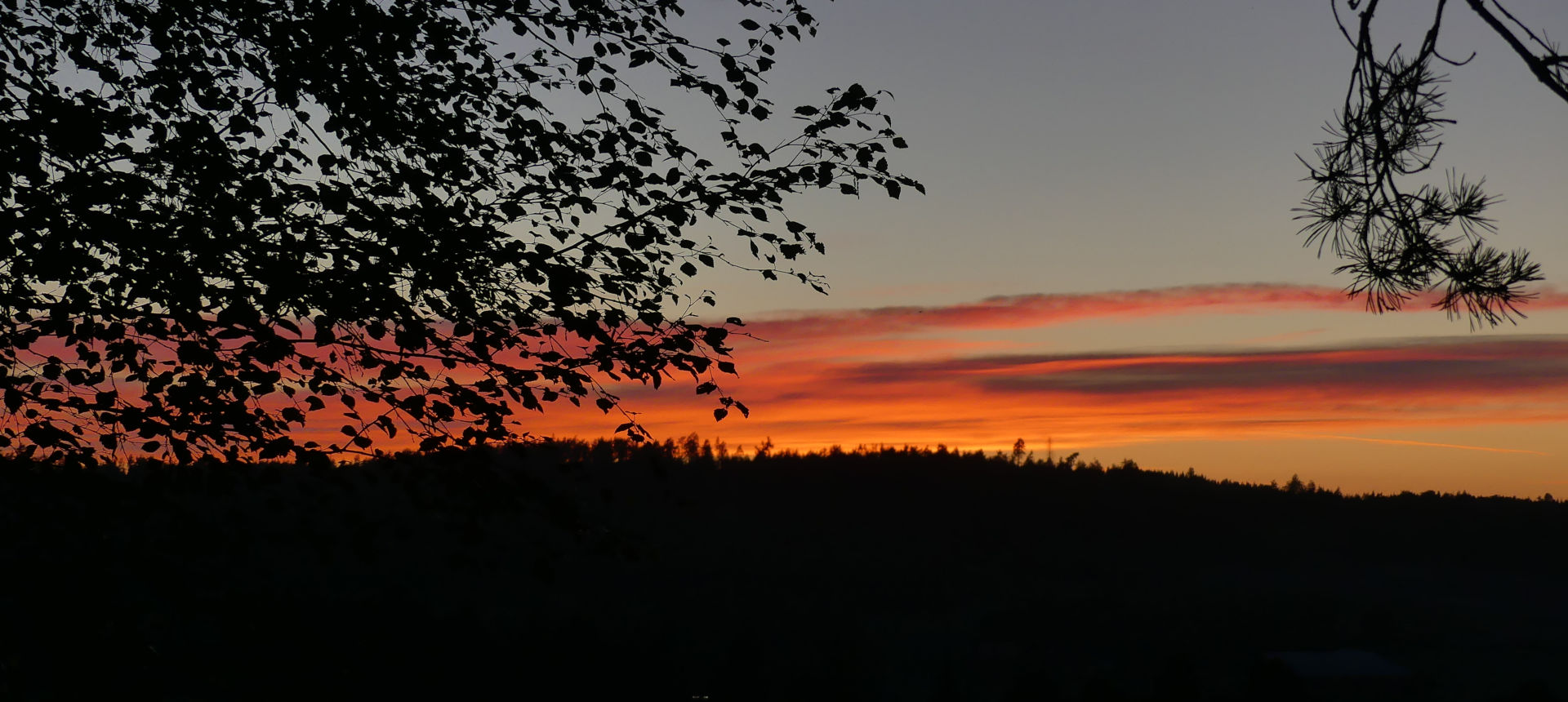
It’s a waste of time. Around midnight, I ask Jean-Paul the killer question in the darkness: “Are you asleep?”
“Shh,” he answers in a wide-awake voice. Then he adds: tomorrow, we’ll have breakfast with Irène and leave for Moss at 9 o’clock sharp... as usual, you’ll have a hard time waking up!”
Unable to hold back any longer, I ignore his predictions and get up, stepping over my companion’s body. I slip silently behind the caravan. A magnificent sunset colors the sky with shades of orange, red and pink. I retrace my steps to get the camera and immortalize the moment, it will be the last shot of our sixth day, but what a spectacle!
To be continued in the next episode and by following us in the Flash News on the site's home page.




